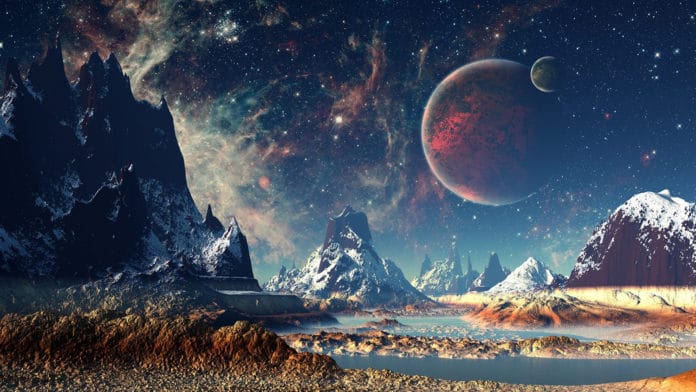While hunting for life on other worlds, scientists usually look for biosignatures, chemicals, or phenomena that signify present or past life. It is not essential that other planets would have some signs of life as Earth. Then, how should scientists find life in systems that do not resemble ours?
A new study could answer. Scientists from the Santa Fe Institute have developed a new ecological biosignature that could help scientists detect life in vastly different environments.
The new exploration takes its beginning stage from the possibility that stoichiometry, or chemical ratios, can fill in as biosignatures.
Professor Chris Kempes, a lead author of the study, said, “Since “living systems display strikingly consistent ratios in their chemical make-up, we can use stoichiometry to help us detect life.”
SFI Science Board member and contributor Simon Levin explains, “Yet, the particular elemental ratios we see on Earth are the result of the particular conditions here, and a particular set of macromolecules like proteins and ribosomes, which have their stoichiometry.”
How can these elemental ratios be generalized beyond the life that we observe on our planet?
This problem has been solved by building on two lawlike patterns, two scaling laws entangled in elemental ratios we have observed on Earth.
The first of these is that in individual cells, stoichiometry varies with cell size. In bacteria, for instance, as cell size expands, protein concentrations decrease, and RNA concentrations increase. The second is that the abundance of cells in a given environment follows power-law dissemination. The third, which follows from incorporating the first and second into a simple ecological model, is that the elemental abundance of particles to the elemental abundance in the environmental fluid is a function of particle size.
While the first of these makes for a chemical biosignature, it is the third finding for the new ecological biosignature.
Scientists noted, “If we think of biosignatures not simply in terms of single chemicals or particles, and instead take account of the fluids in which particles appear, we see that the chemical abundances of living systems manifest themselves in mathematical ratios between the particle and environment. These general mathematical patterns may show up in coupled systems that differ significantly from Earth.”
Ultimately, the theoretical framework is designed for application in future planetary missions.
Heather Graham, Deputy Principal Investigator at NASA’s Lab for Agnostic Biosignatures, said, “If we go to an ocean world and look at particles in context with their fluid, we can start to ask whether these particles are exhibiting a power-law that tells us that there is an intentional process, like life, making them.”
“To take this applied step, however, we need technology to size-sort particles, which, at the moment, we don’t have for spaceflight. Yet the theory is ready, and when the technology lands on Earth, we can send it to icy oceans beyond our solar system with a promising new biosignature in hand.”
Journal Reference:
- Christopher P. Kempes et al., Generalized Stoichiometry and Biogeochemistry for Astrobiological Applications, Bulletin of Mathematical Biology (2021). DOI: 10.1007/s11538-021-00877-5
